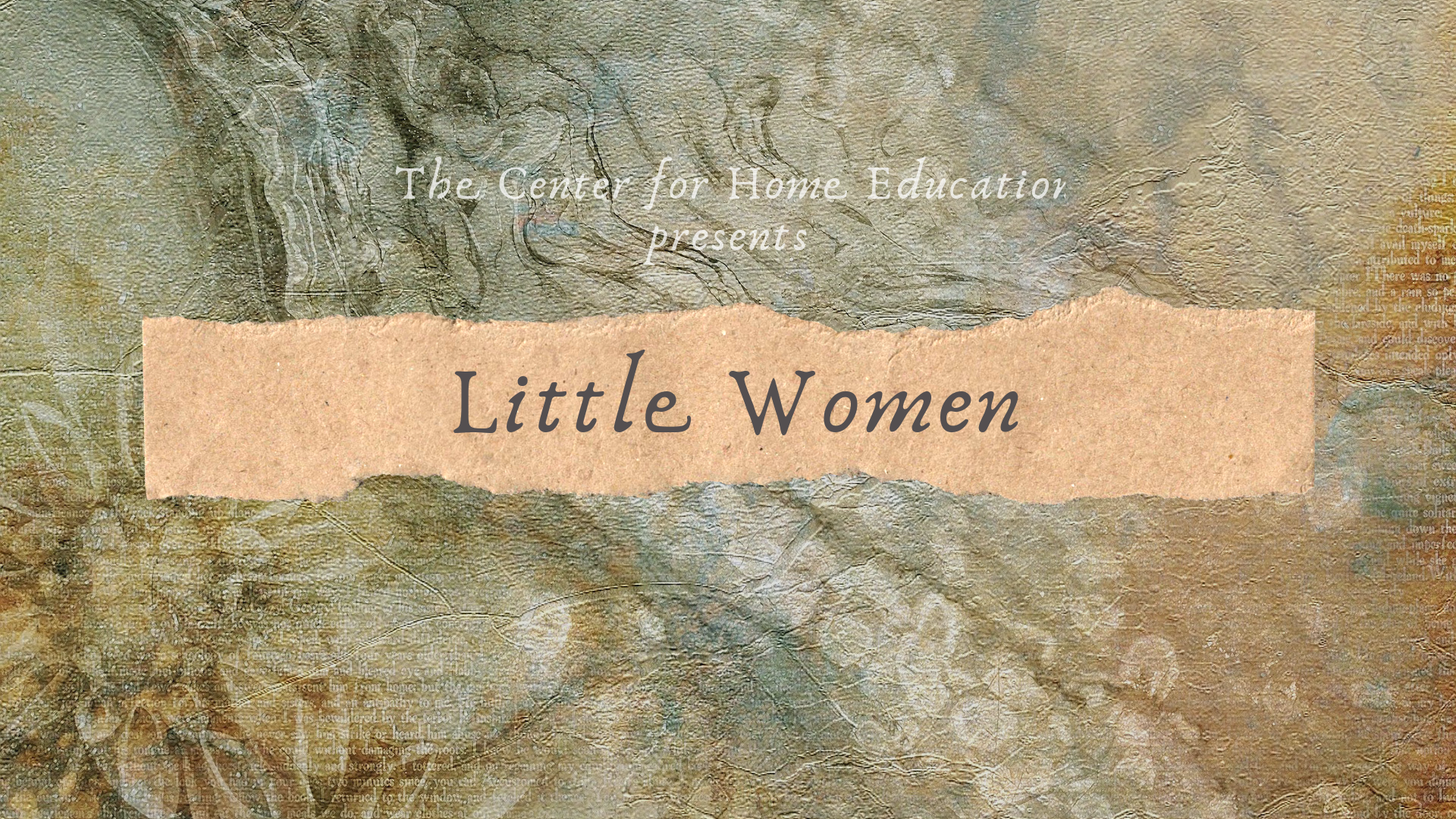
FAQ About Little Women
Little Women
2 years ago | gizem
How do film adaptations capture the essence of the book's characters and themes?
Film adaptations of "Little Women" capture the essence of the book's characters and themes through various cinematic techniques, including:
- Casting: The choice of actors for the roles is crucial in capturing the essence of the characters. Talented actors bring the personalities, emotions, and complexities of the March sisters to life.
- Costume and Set Design: Careful attention to period-appropriate costumes and set design helps transport viewers to the 19th-century world of the story. The visual elements reflect the characters' socioeconomic status and the historical context.
- Dialogue and Script: The adaptation often includes key lines and dialogue from the book that capture the characters' personalities and relationships. Adaptations may also update the dialogue to make it more accessible to contemporary audiences while staying true to the characters.
- Character Development: Film adaptations allow for visual and emotional character development. Through facial expressions, body language, and interactions, viewers can witness the growth and changes in the characters.
- Cinematography: The choice of camera angles, lighting, and framing can emphasize certain character traits and themes. For example, close-ups may reveal characters' emotions, while wide shots can capture the scale of family gatherings.
- Musical Score: The film's music can underscore the emotional depth of scenes and the characters' experiences, enhancing the viewer's connection to the story.
- Directorial Choices: The director's vision plays a significant role in capturing the essence of the book. Their interpretation of the characters' motivations and relationships shapes the adaptation.
- Narrative Choices: Adaptations may choose to focus on certain aspects of the book's themes or characters more than others. For example, some adaptations may emphasize Jo's writing journey, while others may highlight Amy's artistic pursuits.
- Emotional Resonance: By translating the written word into visual and auditory experiences, film adaptations can evoke strong emotional responses from viewers, allowing them to connect with the characters and themes on a personal level.
